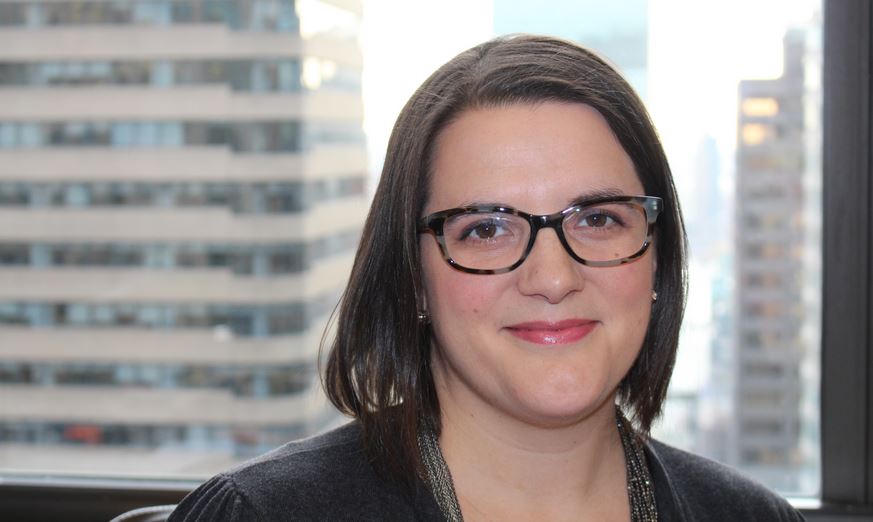Art as collateral: getting the insurance right

Mary Pontillo
As the value of individual artworks in private collections increases, more collectors are seeking to release some of the value held in their art collections by using their art as collateral for loans.
“People that have substantial collections also tend to have substantial wealth in other areas – generally they are business owners, investing in other ways, and they’re looking for some way to collateralise their property and their assets,” says Mary Pontillo, vice president for insurance brokerage DeWitt Stern.
“We deal with a lot of collateralised bank loans using art as collateral. It’s a very popular trend, especially with some of our larger collectors and dealers. Nobody’s going to give a bank loan based on art as collateral without knowing a much larger picture of that person’s wealth and assets and situation. The art is just one part of that – and it becomes a very significant part when you realise people are buying artworks that are $100m and that they can then use that as collateral to reinvest in other things.”
She says that when entering into such an agreement the collector needs to ensure that the bank truly understands the nature of using art as collateral. Some banks have been in that line of business some time, while others are new to the scene.
“The benefit for those that are new to the scene is that in most cases now this is a tested situation, in that they can look to how other people structure their loans and the sort of compliance requirements they have surrounding those loans,” she says.
One issue to be aware of is a potential difference between the bank’s insurance requirements actually translate and what is achievable with fine art insurance, she warns.
“Many times the bank is asking for insurance that just simply doesn’t make sense.”
“Many times the bank is asking for insurance that is not achievable on the fine art side of the insurance world or just simply doesn’t make sense.”
An example is a special provision a lot of banks will ask for that is relevant to real estate but not to fine art property, which states that even if a person burns down their own home the bank is still going to get paid on the insurance loss. By contrast, on fine art policies that claim would be null and void because the fire would be a criminal and intentional act.
“If your broker has a really good relationship with the bank, that can make a big difference: they can then call them and talk through exactly why what they’re asking for is or is not achievable from a fine art insurance standpoint,” she says.